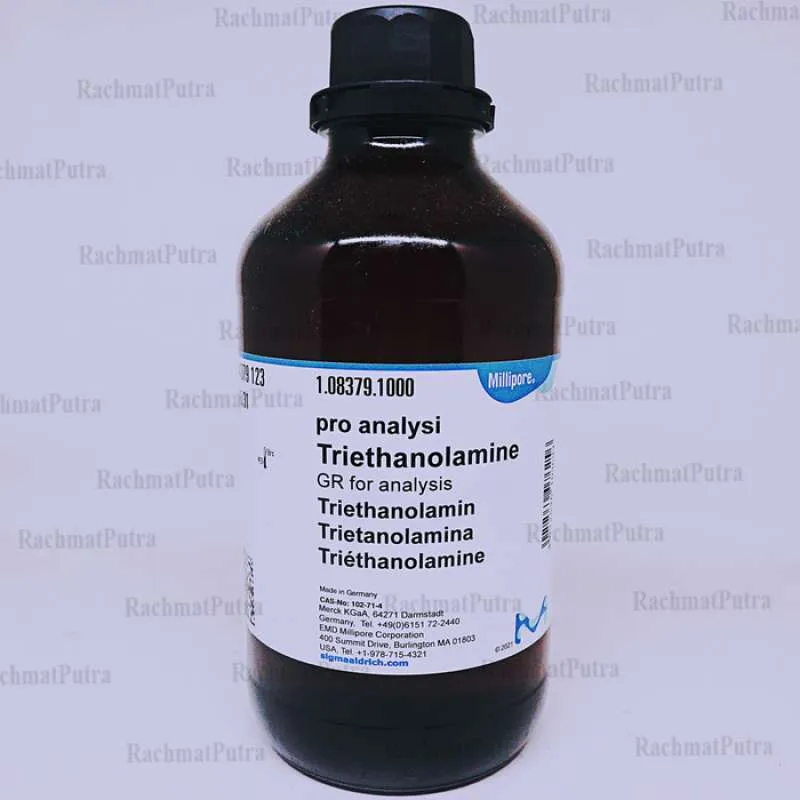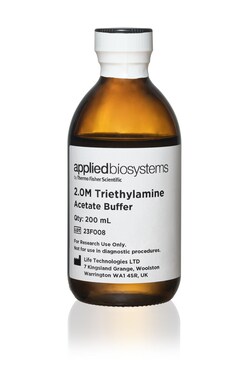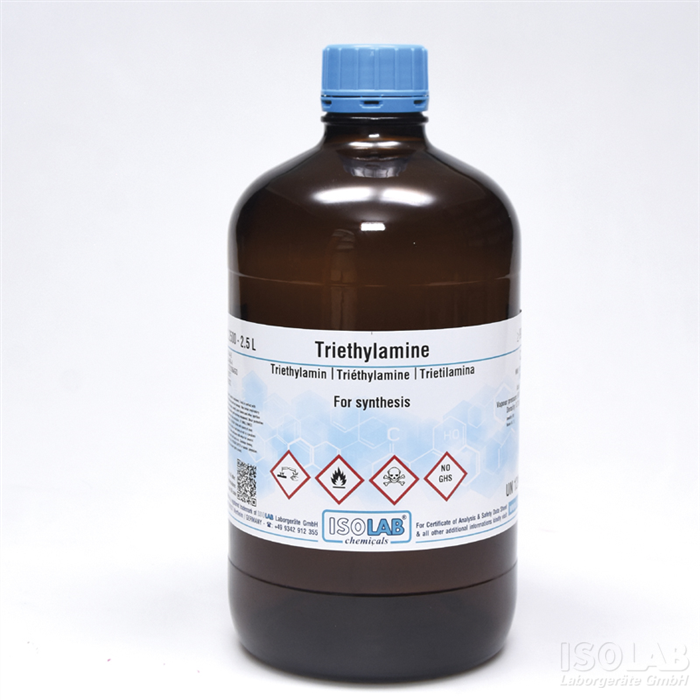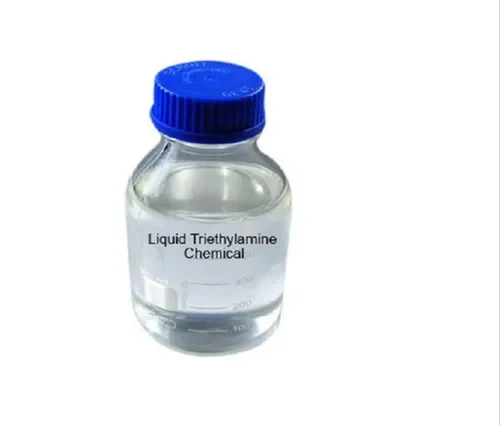Description
Triethylamine (TEA) is a colorless, volatile liquid with a characteristic fishy odor, commonly used as a tertiary amine in various chemical applications. With the molecular formula ( C_6H_{15}N ), it consists of three ethyl groups attached to a nitrogen atom, giving it unique physicochemical properties. TEA serves primarily as a solvent and a catalyst in organic synthesis, playing a crucial role in reactions involving the formation of amides and nitriles, among others.
In the pharmaceutical industry, triethylamine is often utilized to create active pharmaceutical ingredients (APIs) and to facilitate drug formulations. Its ability to act as a base allows it to neutralize acids and form salts, making it valuable in modifying chemical structures to achieve desired biological activities in drug development. Additionally, TEA is employed in the production of surfactants, dyes, and other industrial chemicals, enhancing its importance in various manufacturing processes.
Despite its many applications, safety considerations regarding triethylamine are paramount. It is classified as a flammable and potentially hazardous material, requiring proper handling and storage protocols to mitigate risks. Prolonged exposure to TEA can lead to respiratory issues, skin irritation, and other health concerns, making awareness of its safety data sheets (SDS) and regulatory guidelines essential for users in laboratories and industrial settings. Overall, triethylamine’s versatility and effectiveness underscore its significance in both academic research and industrial applications.












